
OET (Occupational English Test) is an international English language test that assesses the language communication skills of healthcare professionals who seek to register and practise in an English-speaking environment.
OET is trusted by regulators, hospitals & universities in the UK, the US, Ireland, Australia, New Zealand, Dubai and Singapore as proof of ability to communicate effectively.
OET (Occupational English Test) is designed to meet the specific English language needs of the healthcare sector. It assesses the language proficiency of healthcare professionals who wish to practise in an English-speaking environment. All four language skills are assessed, with Writing and Speaking tests available in 12 different areas of healthcare. All candidates sit the same Reading and Listening tests.
OET is accepted as proof of English proficiency in the UK, Ireland, Australia, New Zealand, Dubai, Namibia and Singapore for registration in 12 healthcare professions.
OET is owned by Cambridge Boxhill Language Assessment Trust (CBLA). It is a venture between Cambridge English and Box Hill Institute.
OET is an international English proficiency test that assesses the language communication skills for health-care professionals. OET medicine is designed specifically for physicians: the ECFMG chose this test to determine if a candidate meets the minimum English skills required to practice medicine in the US.
OET assesses English proficiency in different types of communication. The test is divided into four parts: listening, writing, reading, and speaking.


